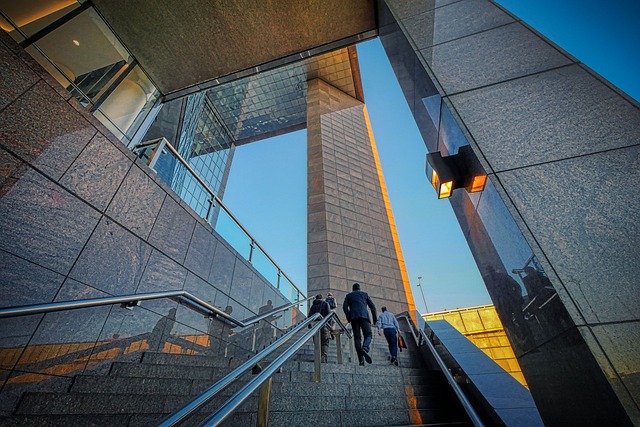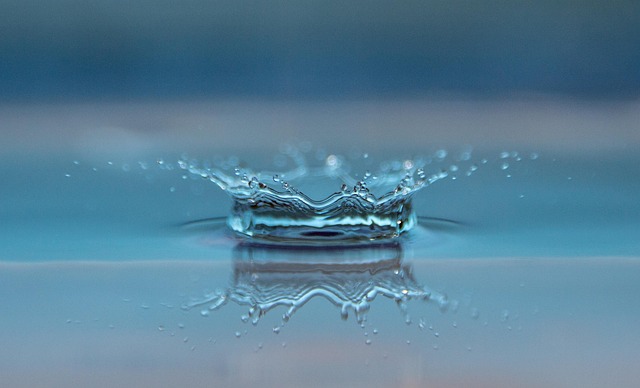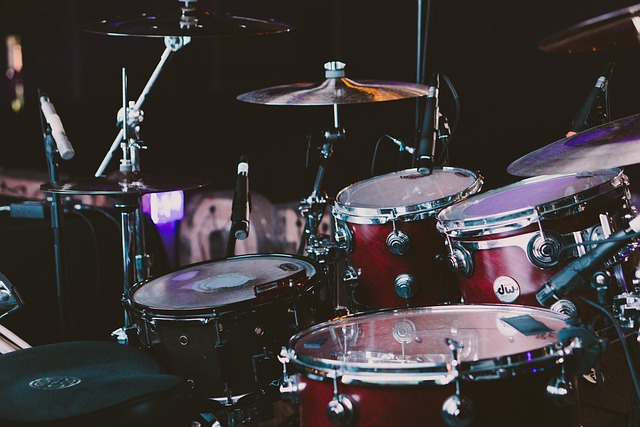The world of sculpture has undergone a profound transformation over the centuries, reflecting the dynamic interplay between art and design. The progress in sculpture design is not merely a timeline of techniques and styles; it is a rich narrative of human expression, cultural evolution, and the relentless pursuit of creativity.
From the ancient civilizations that carved their stories into stone to the modern artists who manipulate diverse materials, sculpture has consistently mirrored the zeitgeist of its time. Each era boasts its own distinct styles, whether it be the majestic classical forms of Greek sculpture, the emotive dynamism of Baroque, or the abstract expressions of the contemporary age. This evolution not only showcases the artistic skill of sculptors but also signifies the progress in the way we perceive art itself.
The design of sculptures today is influenced by a myriad of factors, including technological advancements, cultural dialogues, and philosophical inquiries. Artists are no longer confined to traditional materials such as marble or bronze. Instead, they explore innovative media, from recycled materials to digital installations, blurring the lines between what is considered sculpture and other art forms. This radical progress signifies a more inclusive approach to design, encouraging artists to think outside the box and engage with their audience in novel ways.
Furthermore, the integration of technology into sculpture design has opened new avenues for artistic expression. 3D printing, for example, allows for intricate designs that were once impossible to create by hand. This not only revolutionizes the physical act of sculpting but also challenges our perceptions of craftsmanship and authenticity. The accessibility of such technologies democratizes art, empowering new generations of artists to express their unique visions.
As we delve deeper into the exploration of sculpture in our contemporary landscape, we witness a shift towards interactive art spaces. Sculptors are increasingly creating installations that invite viewer participation, effectively transforming the audience from passive observers to active participants in the creative process. This shift highlights the progress not only in technique but also in intent—art is no longer an isolated experience but a shared journey.
Ultimately, the progress in sculpture design reflects a broader understanding of art as a living entity, one that evolves alongside us. It serves as a reminder of our shared humanity, capable of connecting diverse experiences and perspectives through the universal language of creativity. As we look ahead, one can only imagine the extraordinary journeys that await in the realm of sculpture, where artistry and design continue to evolve hand in hand.




